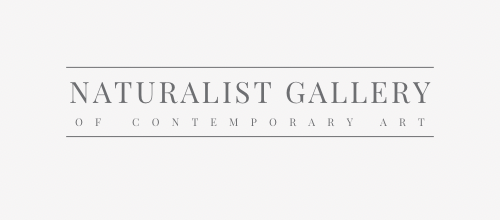The digital era has not buried traditional art forms; instead, it has sparked a remarkable revival, breathing new life into age-old practices.
The digital era has revived traditional art, promoting craftsmanship and cultural heritage while integrating modern technologies for global preservation and community engagement.
This resurgence reflects a growing appreciation for craftsmanship, cultural heritage, and the tactile experience missing in our screen-saturated lives.
Explore our curated selection of contemporary artists from around the globe.
Naturalist Gallery offers artist representation internationally. Apply your art.
Emergence in the Digital Sphere
While technology seems omnipresent, there's a noticeable shift back to traditional art forms. Painting, sculpture, pottery, calligraphy, textile art, and folk art are experiencing a renaissance, fueled by the desire to preserve and honor cultural heritage. These art forms, each with its unique materials and techniques, offer a tangible link to the past and a counterbalance to the ephemeral nature of the digital world.
Global Revival Efforts
In Cambodia, a country scarred by the Khmer Rouge regime, there's a determined effort to revive traditional arts like dance, music, carving, and painting. This revival is more than a cultural renaissance; it's a healing process, reclaiming identity and heritage that was nearly lost. Ethnomusicologist Sam Sam-Ang and others view these arts as belonging not just to Cambodia but to the world, underscoring the universal significance of cultural preservation.
Medieval to Modern: A Continuous Thread
Traditional art movements from Medieval to Realist Art illustrate how historical themes and techniques continuously inspire contemporary artists. The revival of these art forms in modern contexts showcases a fascinating blend of past and present. Artists today are not merely replicating old styles but are integrating traditional techniques into new, innovative works. This trend underscores a deep respect for history while also pushing artistic boundaries.
Folk Art and Community Engagement
The resurgence of folk art highlights the communal and participatory nature of traditional crafts. Activities like painting, carving, weaving, and embroidery connect communities and generations, passing down skills and stories. This revival extends beyond mere artistic interest; it's a movement towards sustainability, as many traditional practices are inherently eco-friendly and resource-conscious.
The Role of Digital Platforms
Digital platforms have become unexpected allies in the revival of traditional art forms. Online communities, tutorials, and social media allow artists to share their work, collaborate, and learn from each other, regardless of geographic boundaries. Digital documentation helps preserve these art forms for future generations, ensuring that the knowledge and techniques do not fade into oblivion.
The revival of traditional art forms in the digital age demonstrates the enduring relevance and appeal of tangible, handmade works. As we move forward, embracing technology and innovation, let's not forget the rich tapestry of history and culture that traditional art offers. This revival is not just a nod to the past; it's a testament to the timeless nature of human creativity and the unending quest for beauty and expression.
Learn more About Naturalist Gallery of Contemporary Art.
You may also find the following articles helpful:
The 14 Essential Artists of Impressionism
Expressionism: 20 Iconic Paintings & Their Artists
Renaissance Art: Origins, Influences, and Key Figures
Classical Art Movement: Exploring the History, Artists, and Artworks
Figurative Art: Understanding, Collecting, and Appreciating the Style
Daily Routines of Famous Artists: Learn from the Masters
Top 12 Controversial Artworks That Changed Art History




